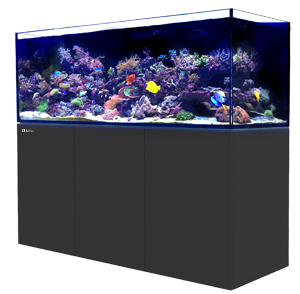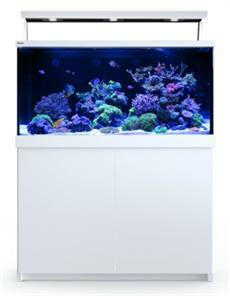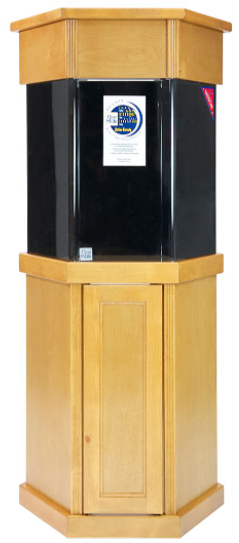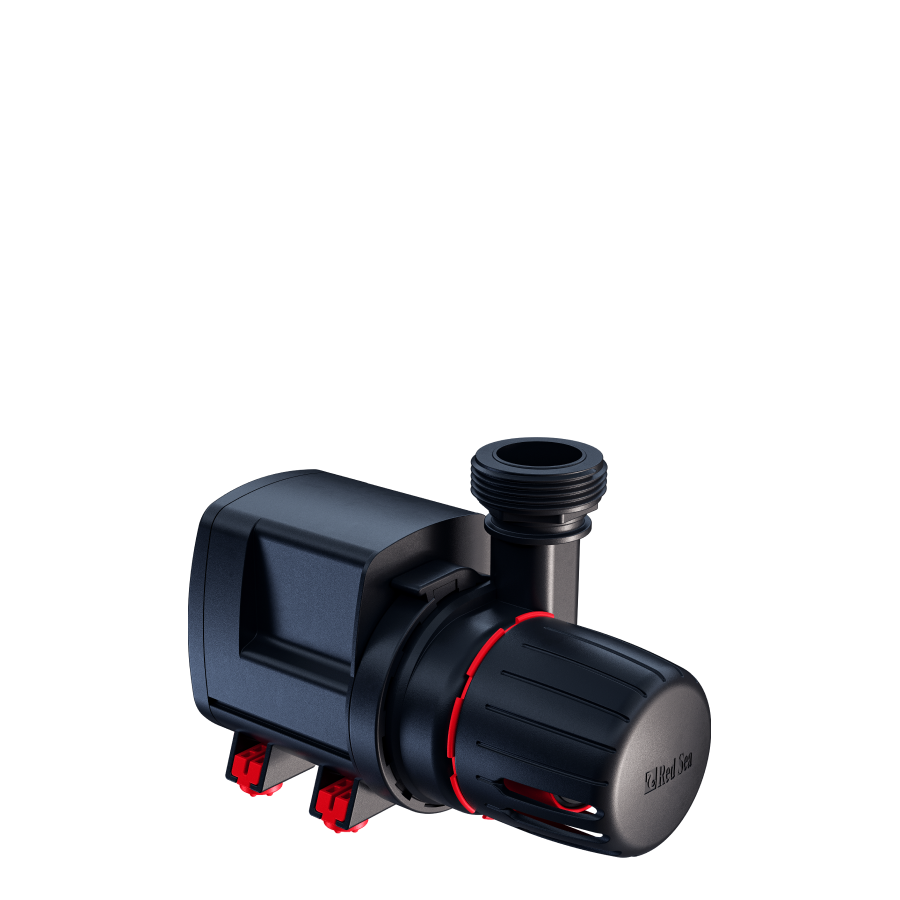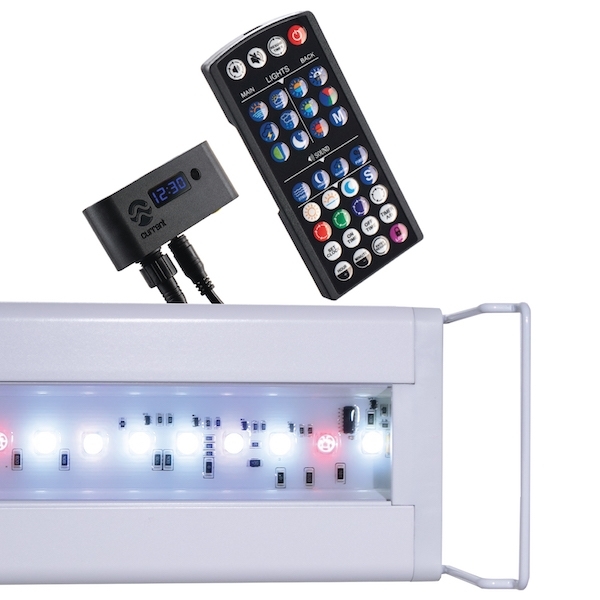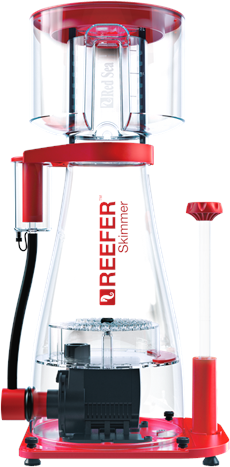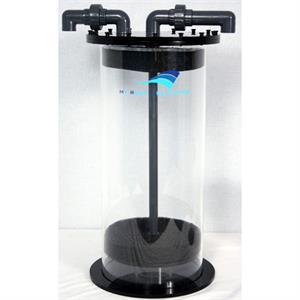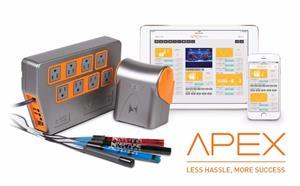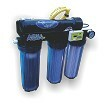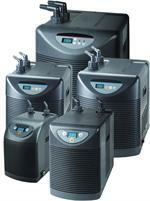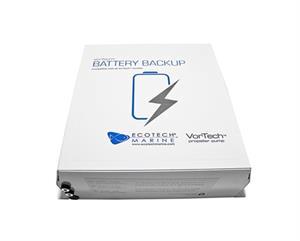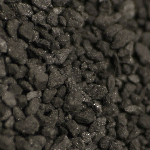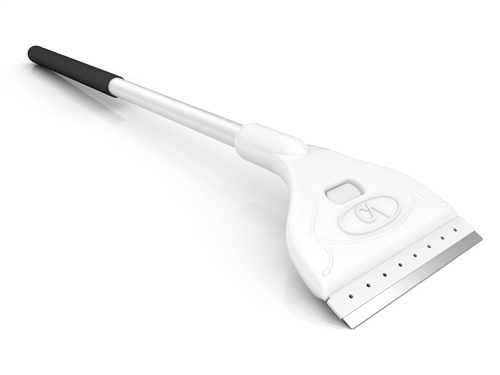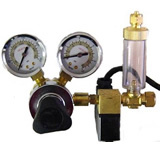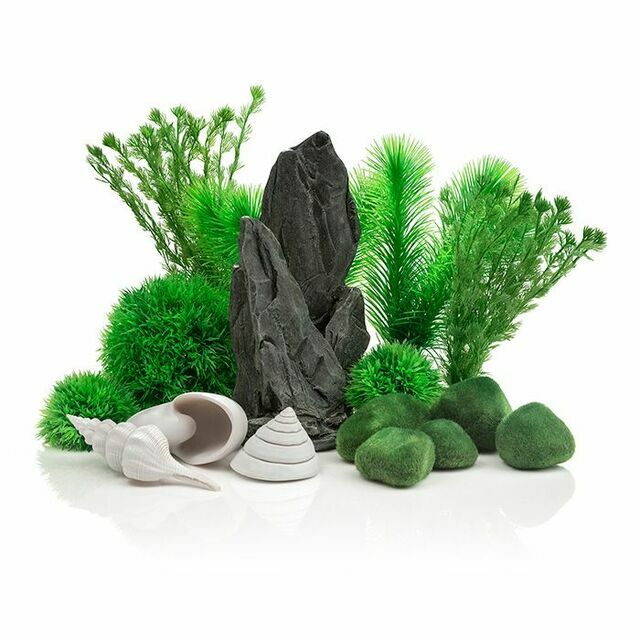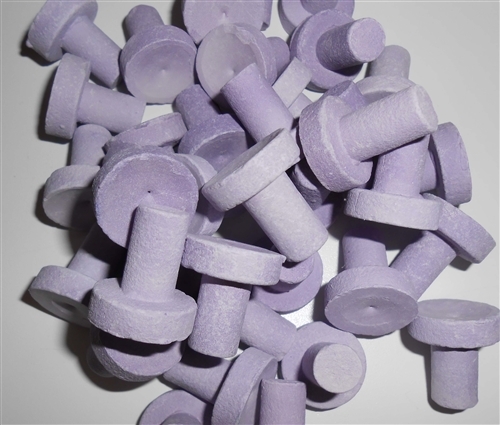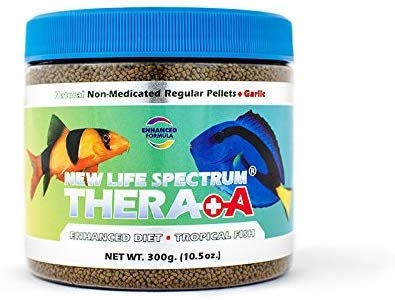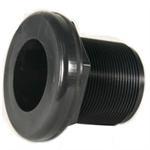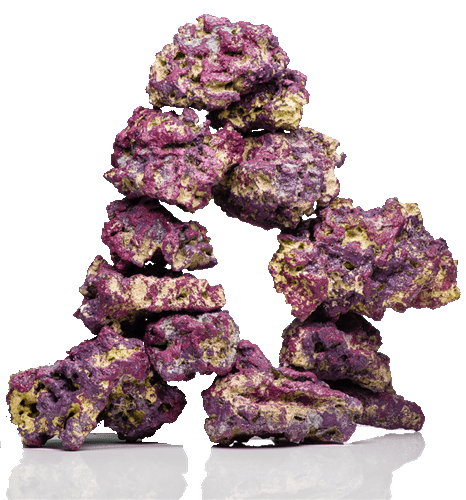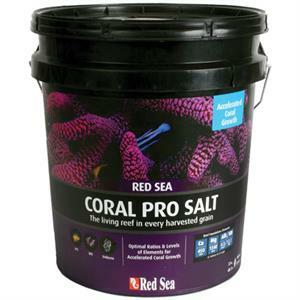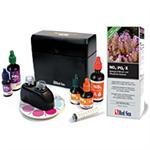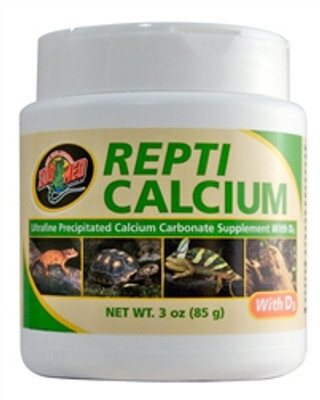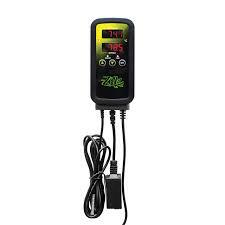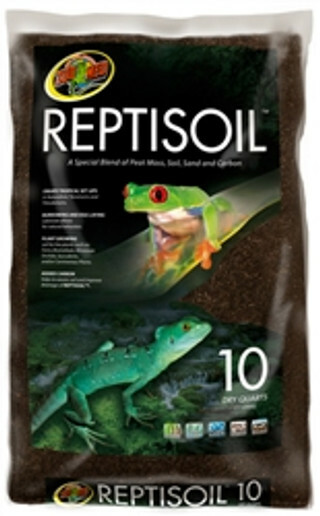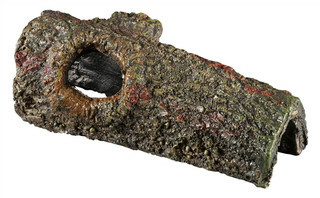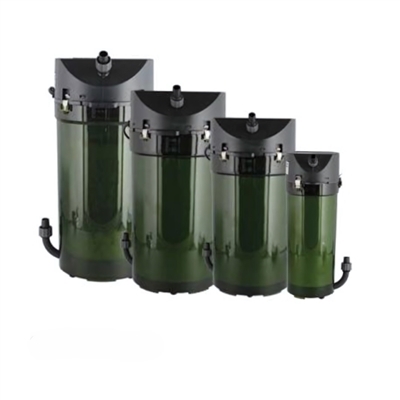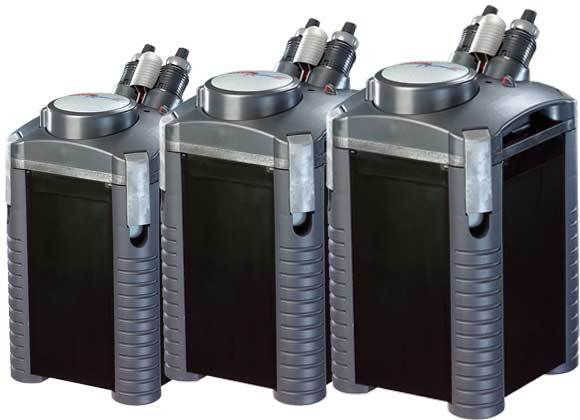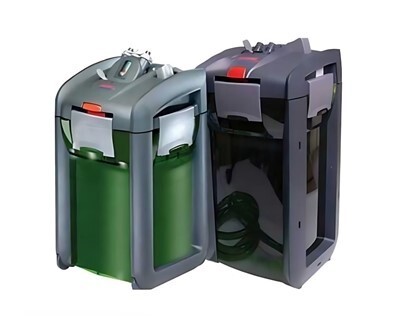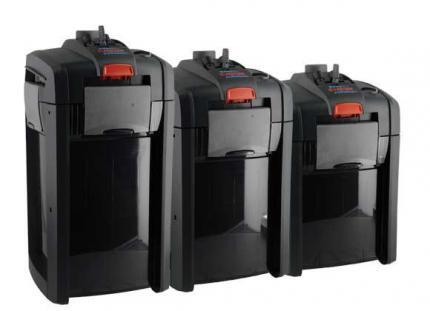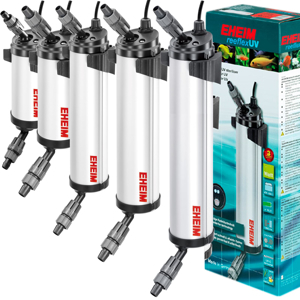Master Aquarium Fresh and Saltwater Temperature with the Perfect Heater
Fish Tanks Direct on Jul 25th 2024
As an aquarium enthusiast, you are well aware of the importance of maintaining consistent and optimal water temperature levels for the health and vitality of your aquatic inhabitants. Whether you maintain a freshwater or saltwater aquarium, regulating water temperatures is vital for ensuring a stable, comfortable environment for your fish to thrive. Enter the aquarium heater: one of the essential pieces of equipment responsible for achieving this goal.
In this comprehensive guide, we will explore the world of aquarium heaters, delving into their critical role in maintaining optimal water temperatures and sharing insights on how to choose and maintain the perfect heater for your unique fish tank setup. Whether you are a beginner aquarist new to temperature management or an experienced hobbyist seeking to enhance your knowledge, our guide will equip you with the necessary tools to make informed decisions when it comes to aquarium heating systems.
1. Types of Aquarium Heaters and Their Applications
Understanding the various types of aquarium heaters available, along with their benefits and drawbacks, is essential for choosing the most appropriate heating system for your specific needs. Here's an overview of the most common aquarium heater types:
a. Immersion or Submersible Heaters: These heaters are designed to be fully submerged in your aquarium, heating the water directly. They are easy to install and typically come with built-in thermostats and temperature adjustment dials. Submersible heaters are popular among beginners and experienced aquarists for their reliability and ease of use.
b. In-line Heaters: In-line heaters connect to your aquarium's plumbing, heating the water as it flows through the device. These heaters are ideal for larger or more intricate setups, such as those with canister filters or sump systems. While they are typically more expensive and require additional installation steps, in-line heaters tend to be highly reliable and accurate.
c. Heating Cables: Heating cables are an unconventional option, often placed under the aquarium substrate. They heat the water from the bottom up, providing a more natural heat distribution that closely resembles aquatic environments in the wild. Heating cables are popular among planted aquarium enthusiasts for their ability to encourage root growth.
d. Thermoplastic Heaters: These heaters are made from heat-conducting plastic, which provides a more even heat distribution compared to traditional glass heaters. Thermoplastic heaters can be placed directly in the tank or hidden in a sump or filter system. They are prized for their durability and shatter-proof design.
2. Factors to Consider When Choosing an Aquarium Heater
Consider the following factors when selecting an appropriate aquarium heater for your fish tank:
a. Aquarium Size and Water Volume: The size of your aquarium will determine the wattage required for your heater. A general rule of thumb is 3-5 watts per gallon for freshwater tanks and 5-10 watts per gallon for saltwater tanks.
b. Desired Water Temperature: Consider the specific temperature requirements of your aquatic inhabitants, as this will influence the temperature range and accuracy needed for your heater. For instance, tropical fish demand more precise temperature control than cold-water species.
c. Heater Placement: The location of your heater within the aquarium setup can impact its efficiency. For example, submersible heaters perform best when placed next to a water flow source to ensure even heat distribution, while heating cables need to be positioned under the substrate.
d. Heater Type: Your choice of heater type will depend on your unique preferences and aquarium requirements. Consider factors such as ease of maintenance, durability, accuracy, and the specific needs of your aquatic inhabitants.
3. Essential Tips for Aquarium Heater Use and Maintenance
Proper setup, use, and maintenance are crucial for ensuring that your aquarium heater functions safely and efficiently. Follow these essential tips for optimal heater performance and longevity:
a. Proper Placement: Carefully position your heater to avoid direct contact with aquarium inhabitants or decorations, which could lead to injuries or damage. Ensure efficient heat distribution by placing your heater near a water flow source.
b. Thermostat Calibration: Periodically calibrate your heater's thermostat using a separate thermometer to verify its accuracy. Ensuring that your heater maintains the correct temperature is crucial in maintaining a stable environment for your fish.
c. Regular Inspections: Check your heater regularly for any signs of malfunction, wear, or damage. Act promptly to address any issues to prevent adverse effects on your aquarium's temperature and your aquatic inhabitants' well-being.
d. Heater Cleaning: Clean your heater periodically to remove any dirt, algae, or mineral buildup that could impact its efficiency and lifespan. Be sure to unplug your heater and allow it to cool before handling to avoid burns and potential damage.
4. Understanding the Role of Heat in Aquatic Life
Appreciating the significance of heat in aquatic environments is essential for fostering healthy, thriving underwater communities. Here are some of the reasons temperature management is so crucial:
a. Metabolic Regulation: Almost all physiological processes in aquatic creatures are temperature-dependent, affecting crucial functions like metabolism, respiration, and immune responses. Consistent and appropriate temperatures are essential for maintaining optimal health.
b. Preventing Stress: Sudden fluctuations in water temperature can cause stress and weaken the immune systems of your aquarium inhabitants, making them more susceptible to disease.
c. Proper Growth: Optimal temperatures promote ideal growth rates for fish and plants, ensuring a well-balanced and vibrant ecosystem.
The Significance of Heating Your Aquarium
Mastering the nuances of aquarium heating is a vital aspect of successful fishkeeping. By understanding the different types of heaters available and how they function, you can make an informed decision in choosing the perfect heating system for your freshwater or saltwater fish tank.
Remember to consider factors such as aquarium size, desired water temperature, heater placement, and heater type when selecting. With the correct equipment and proper maintenance, you'll create a stable, comfortable environment for your aquatic pets, promoting their health, happiness, and longevity.
Expand your knowledge on aquarium heaters and temperature management to become better equipped in providing an optimal environment for your underwater companions, where they can live, swim, and flourish. Visit Fish Tanks Direct today for access to the best aquarium equipment and more!

